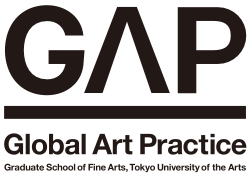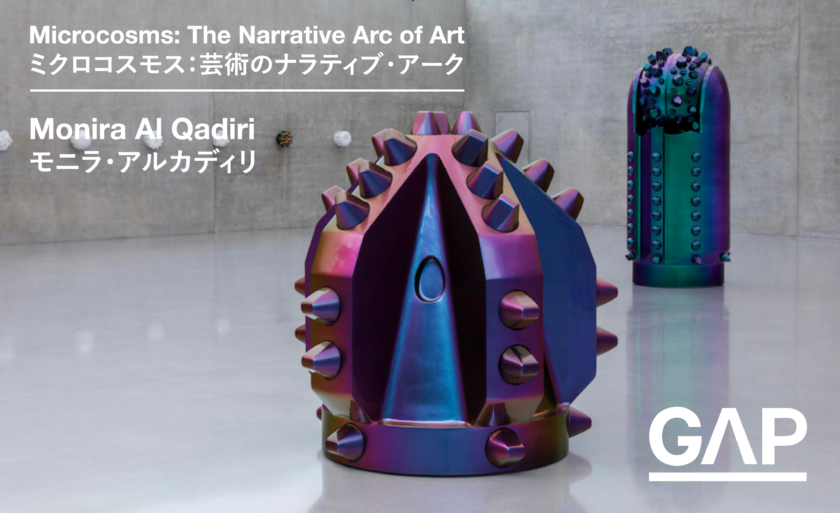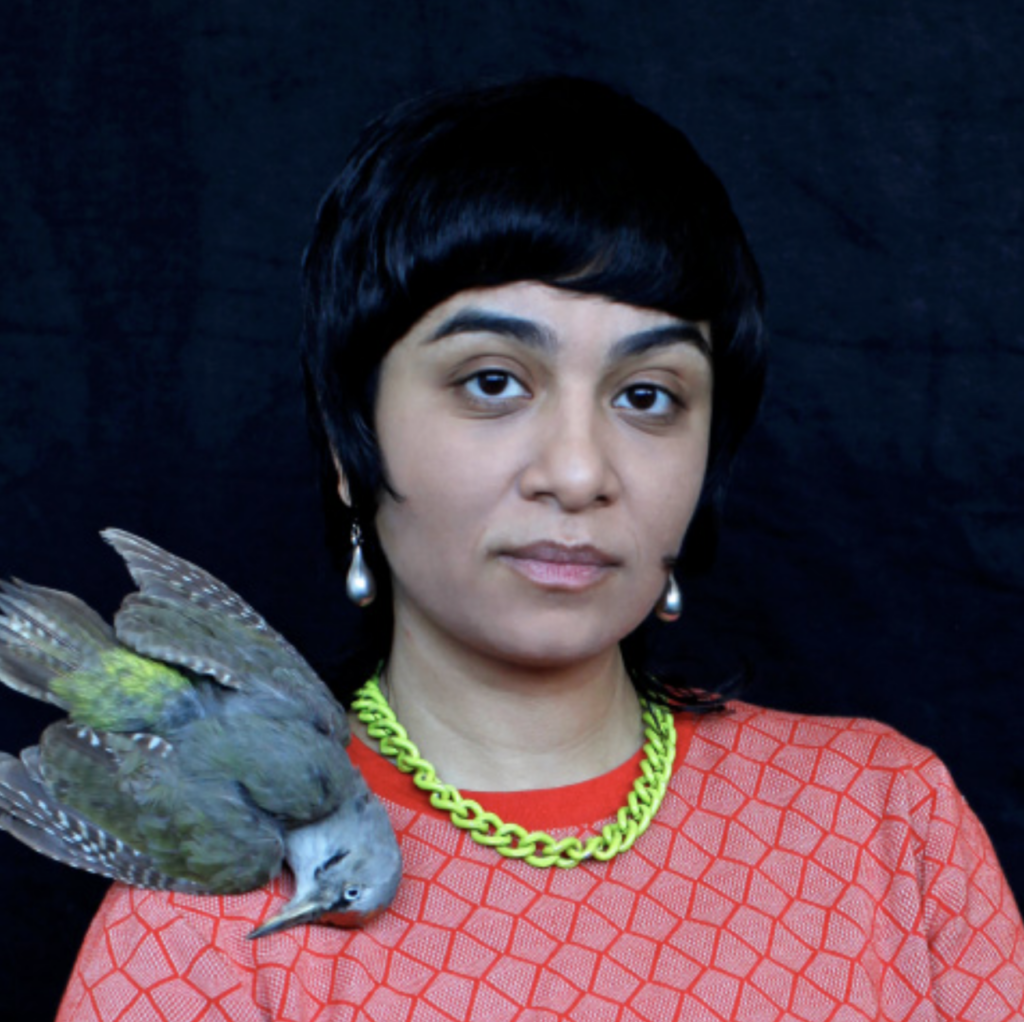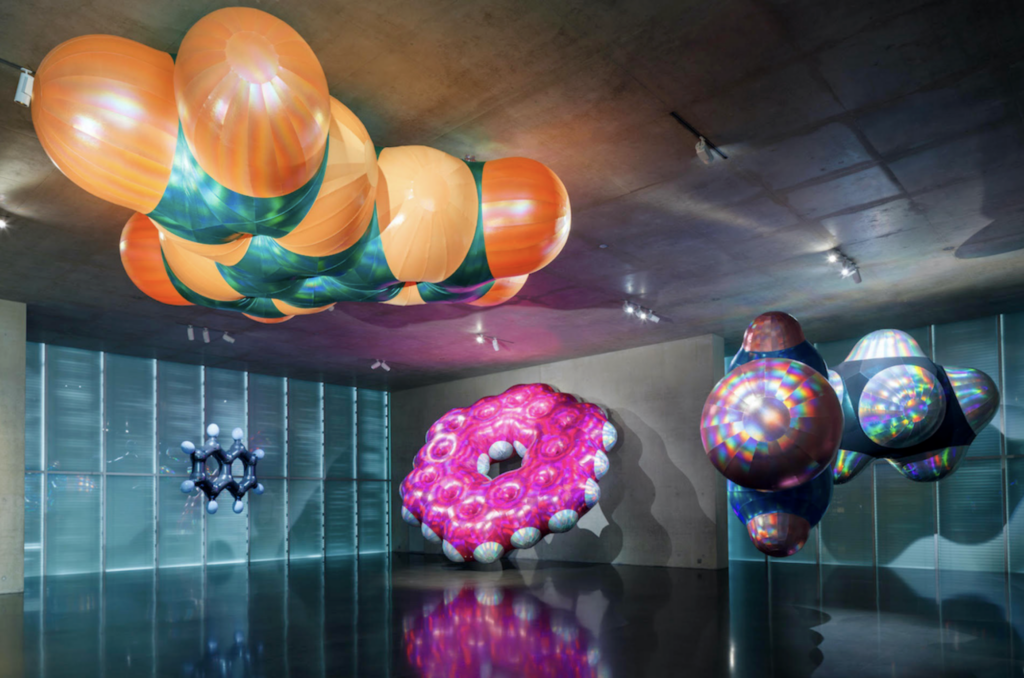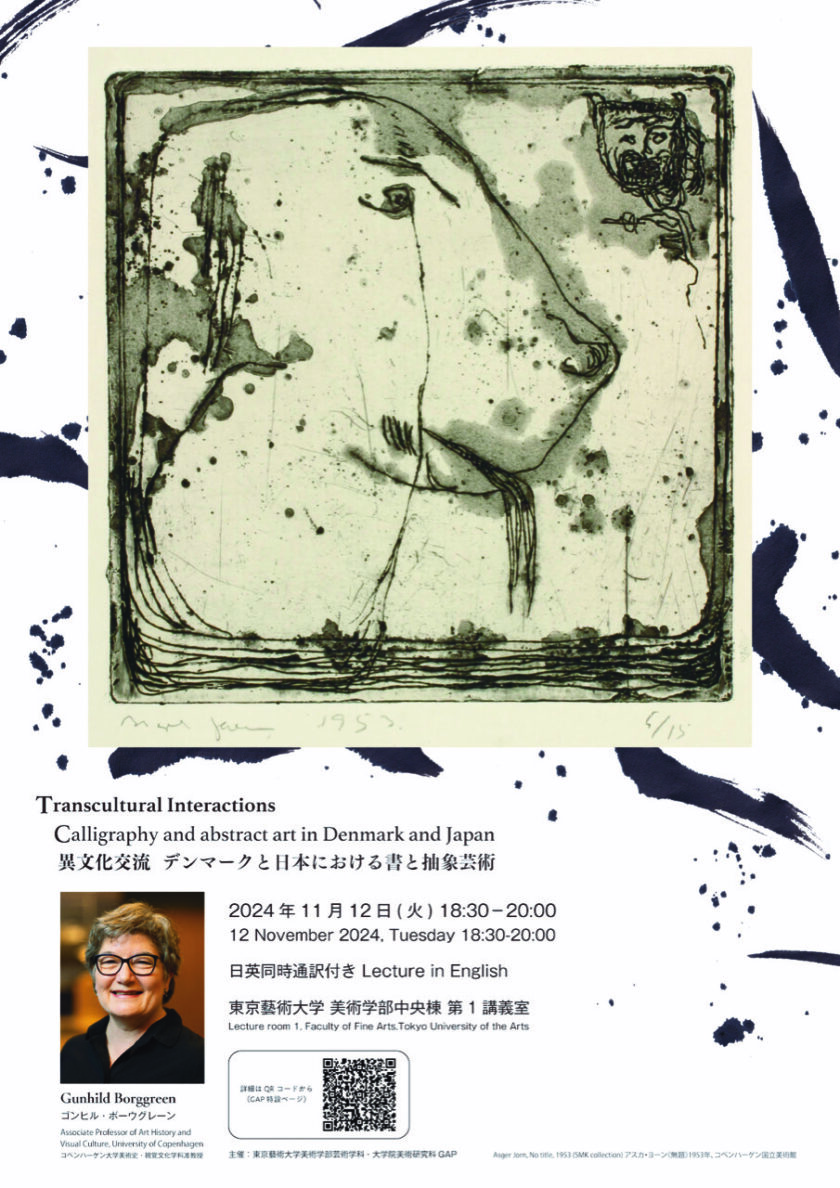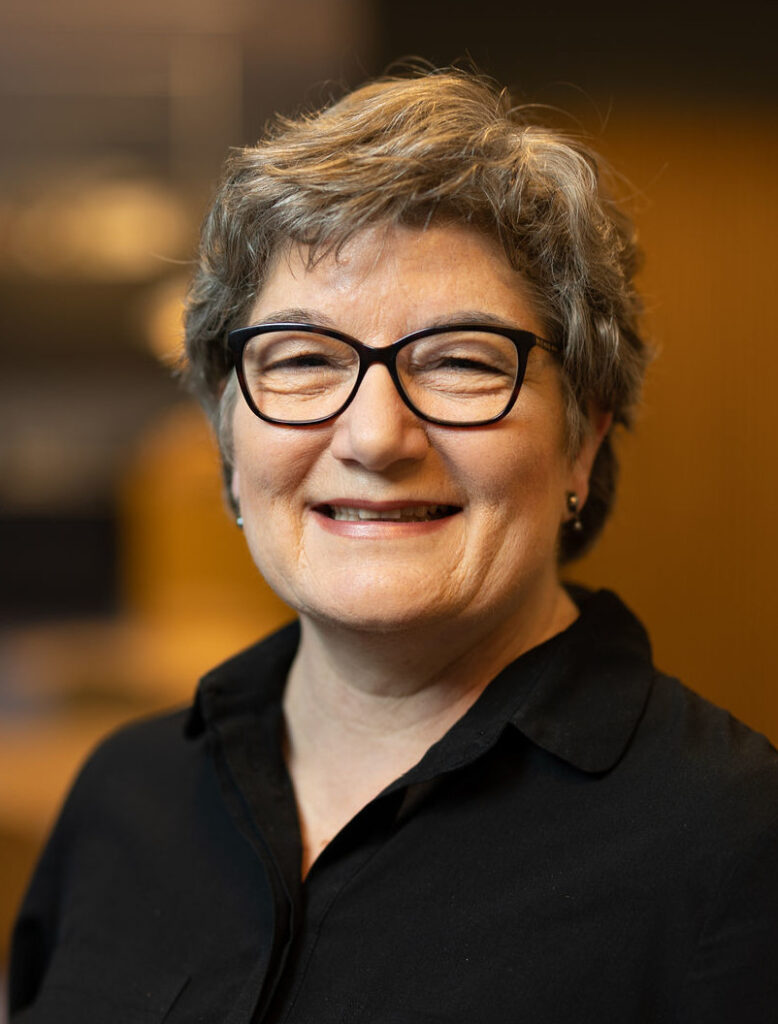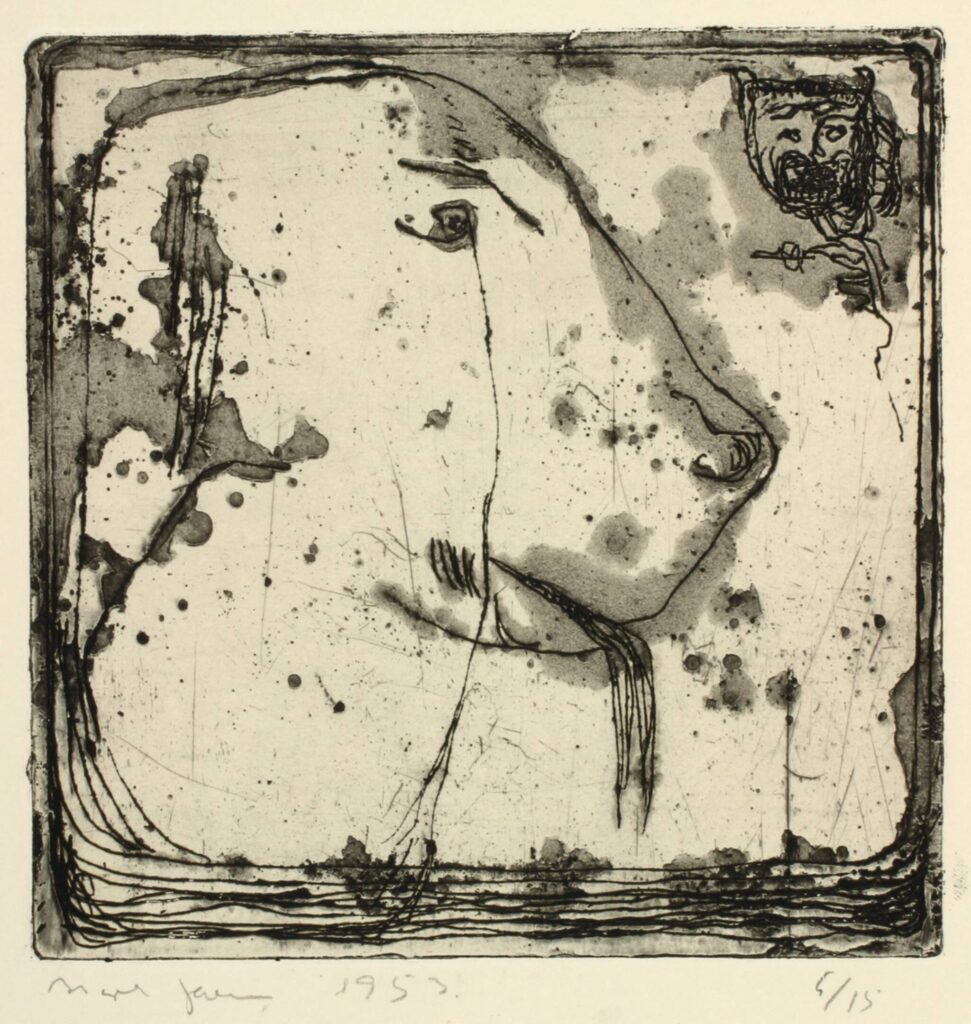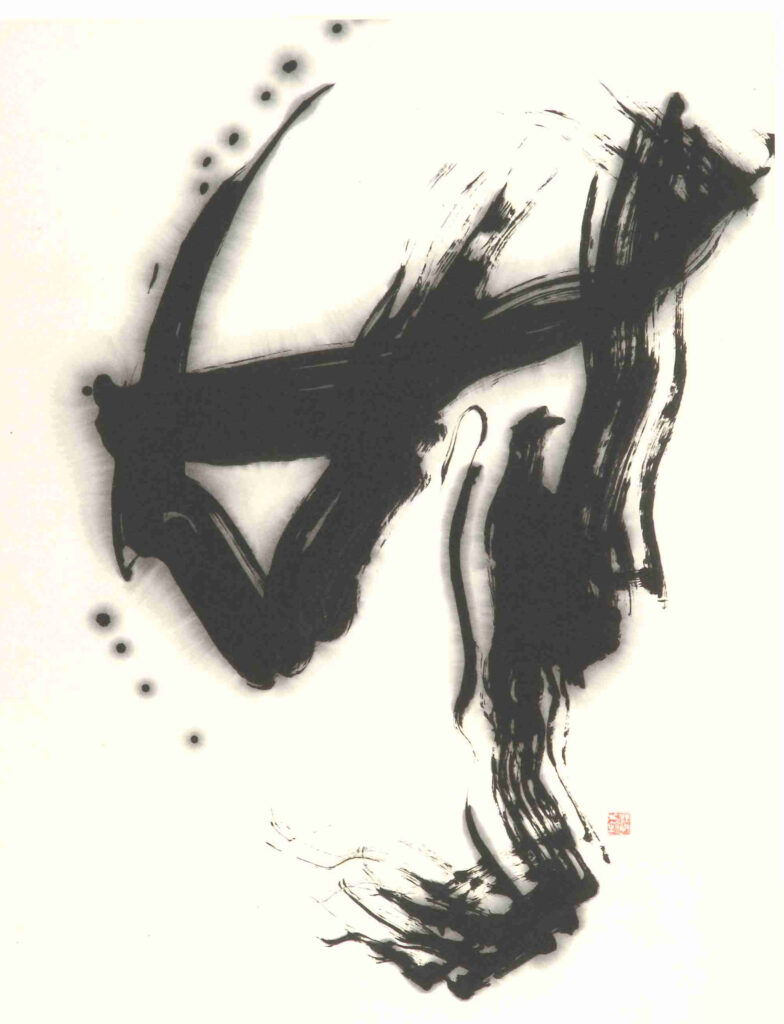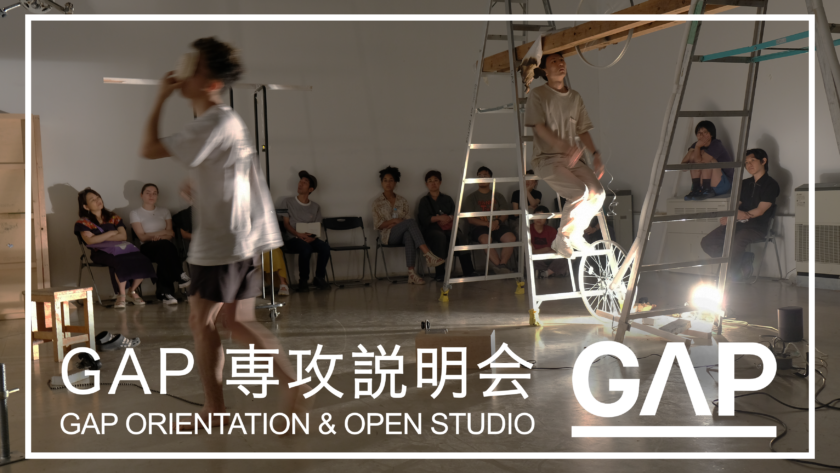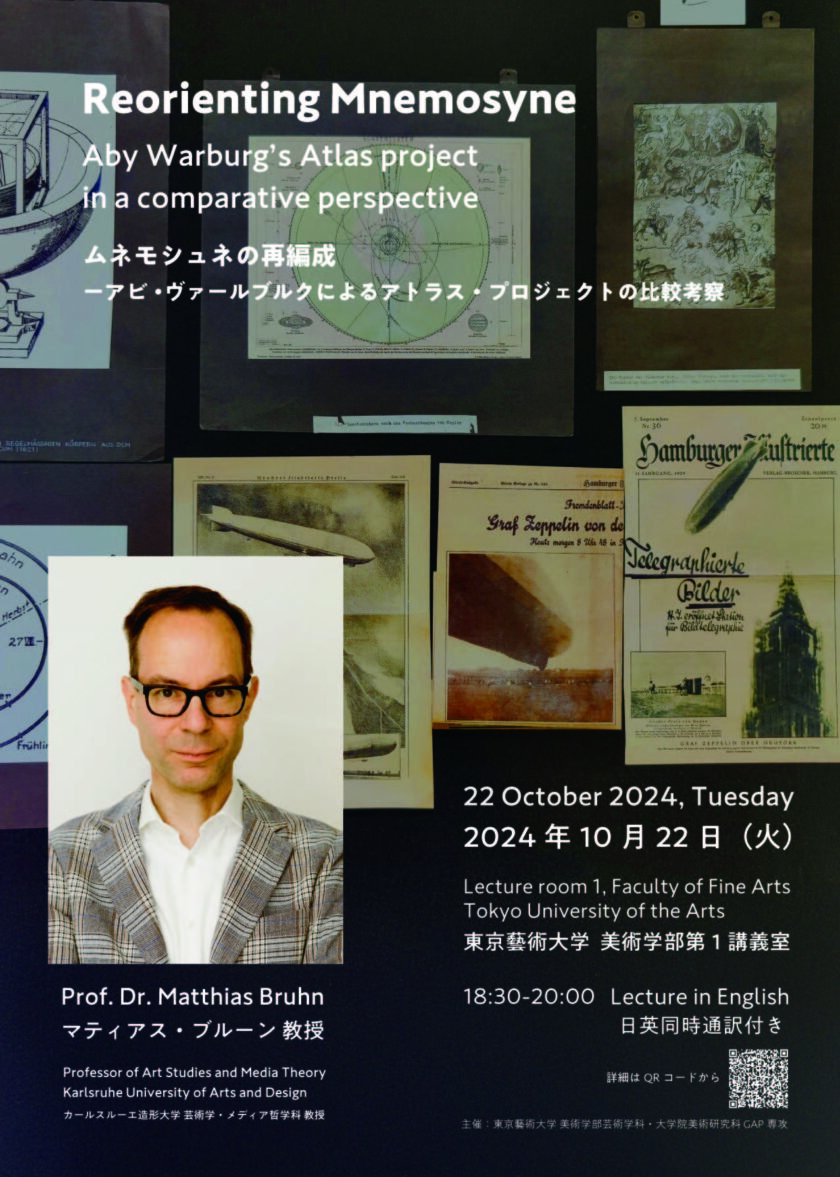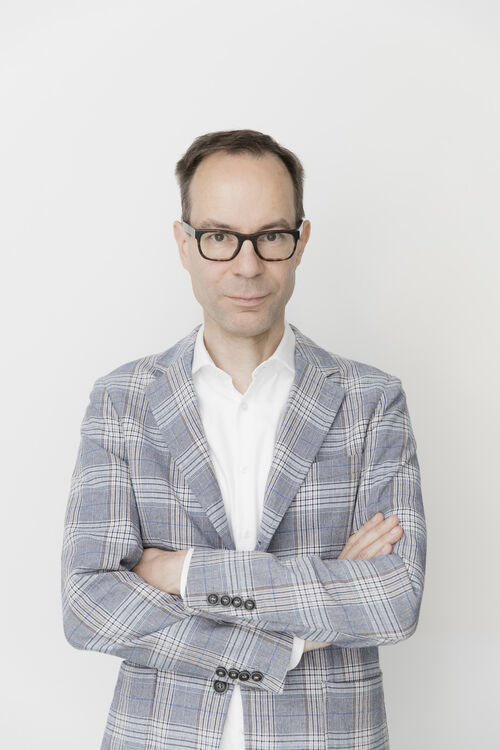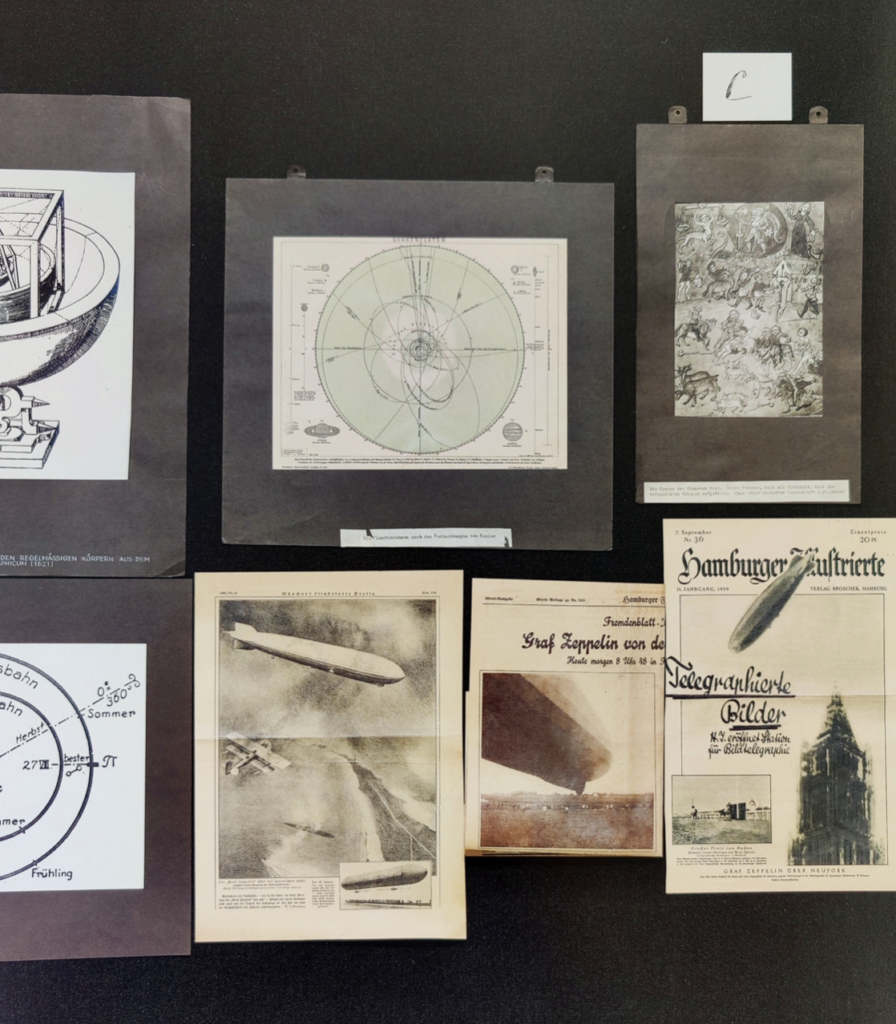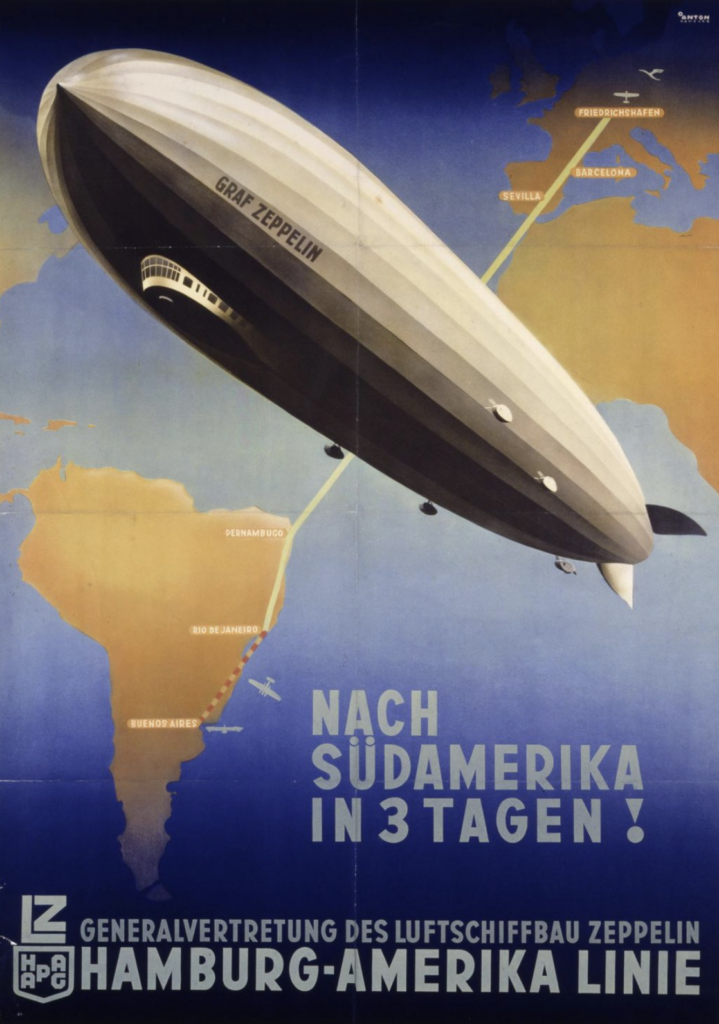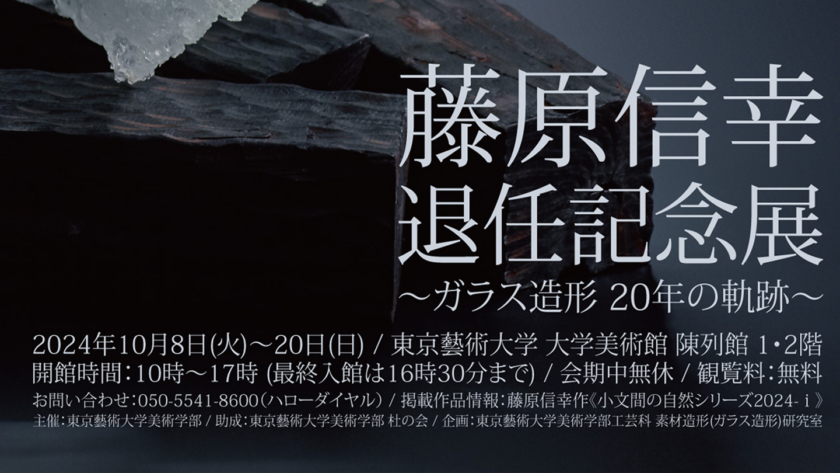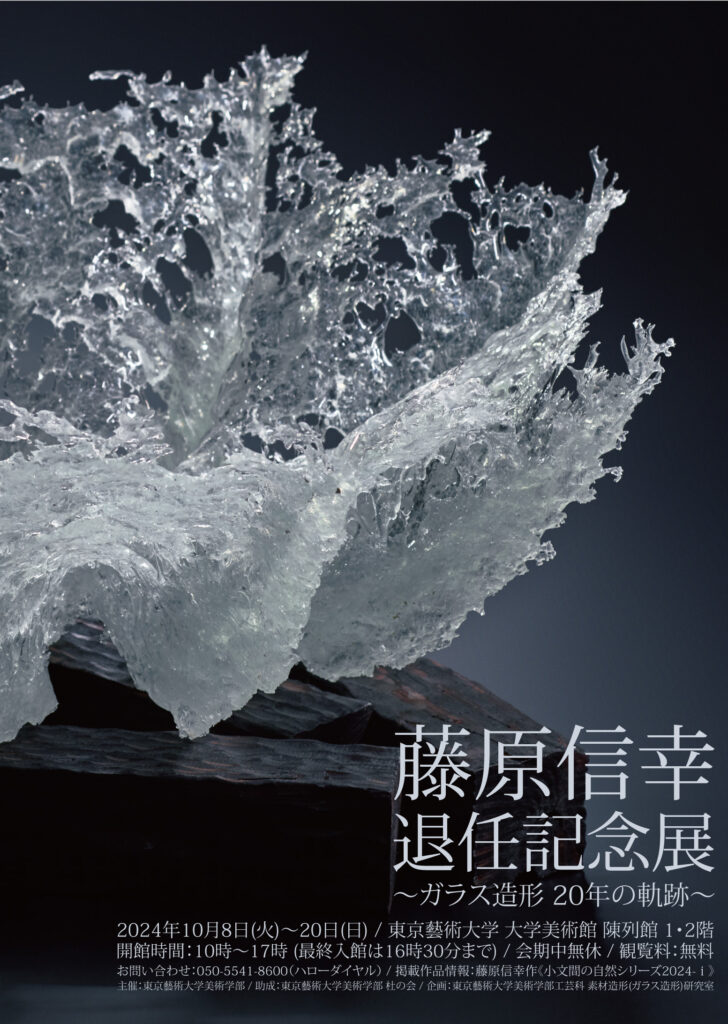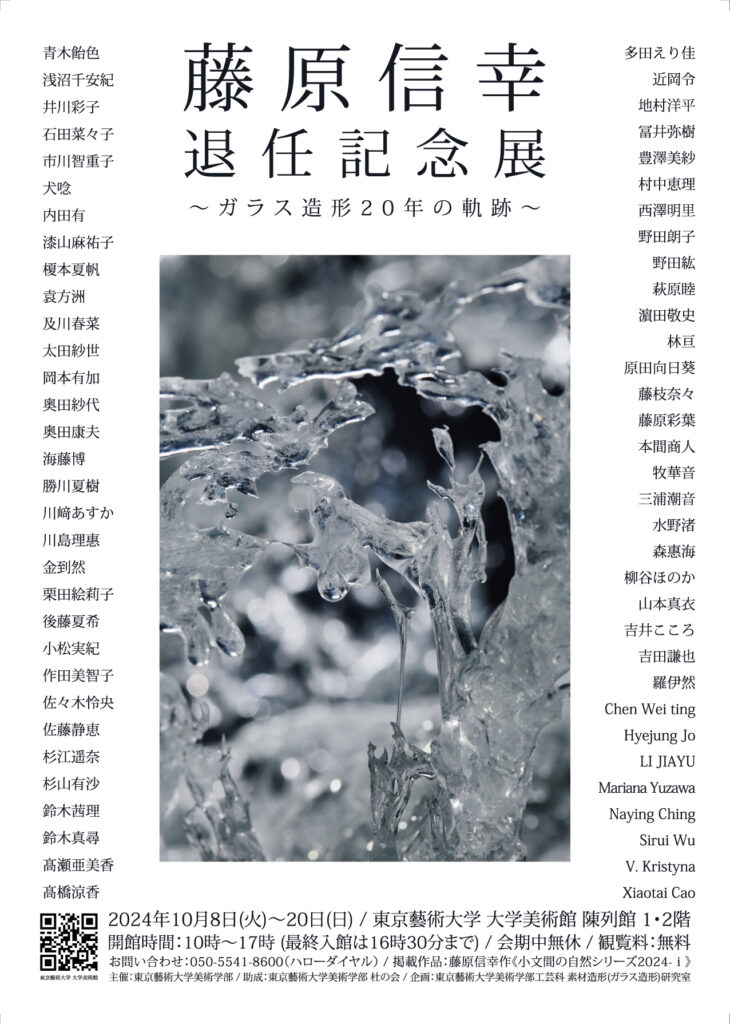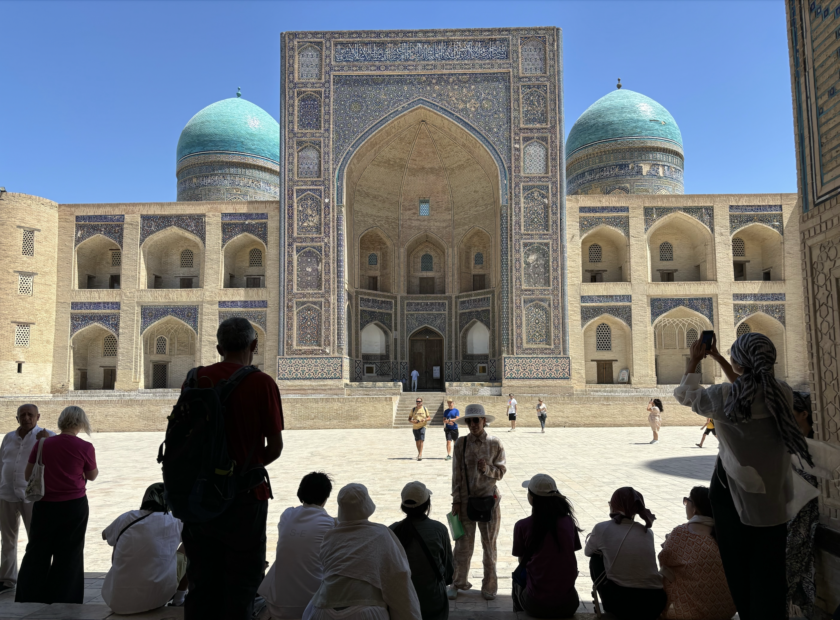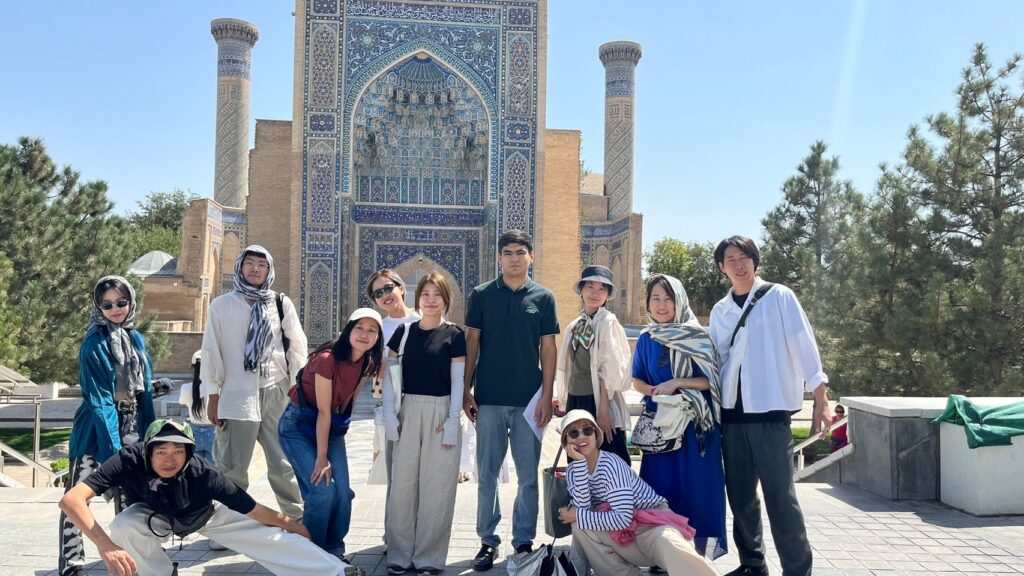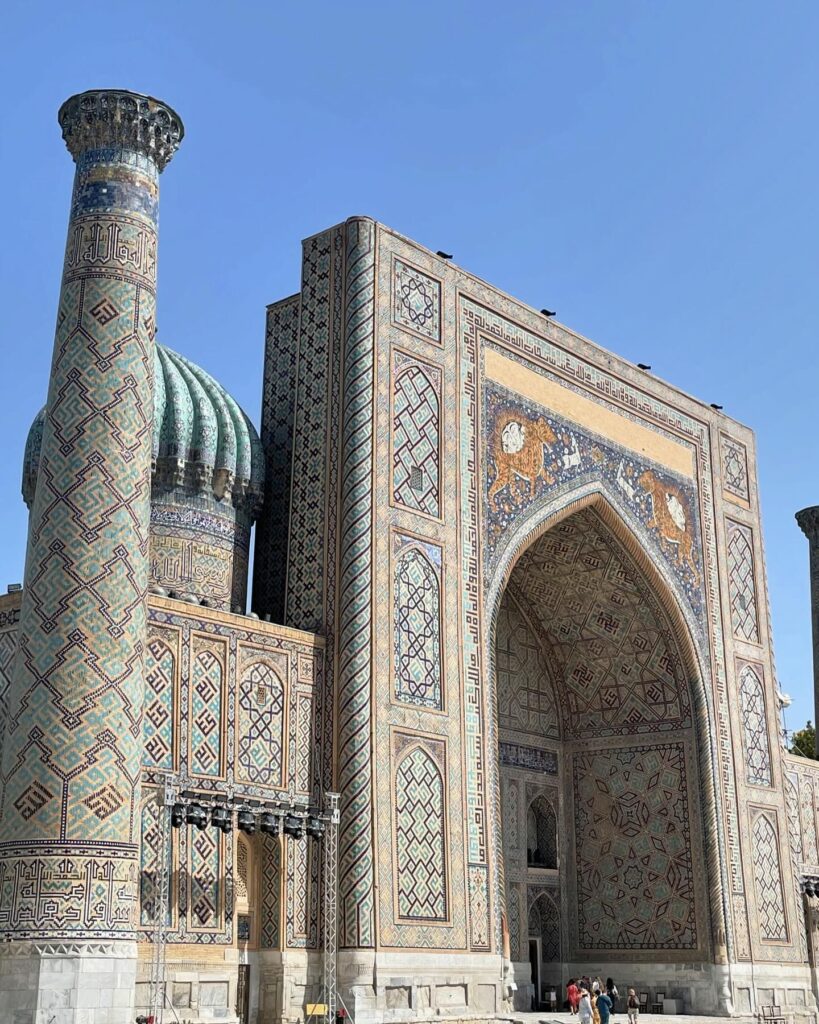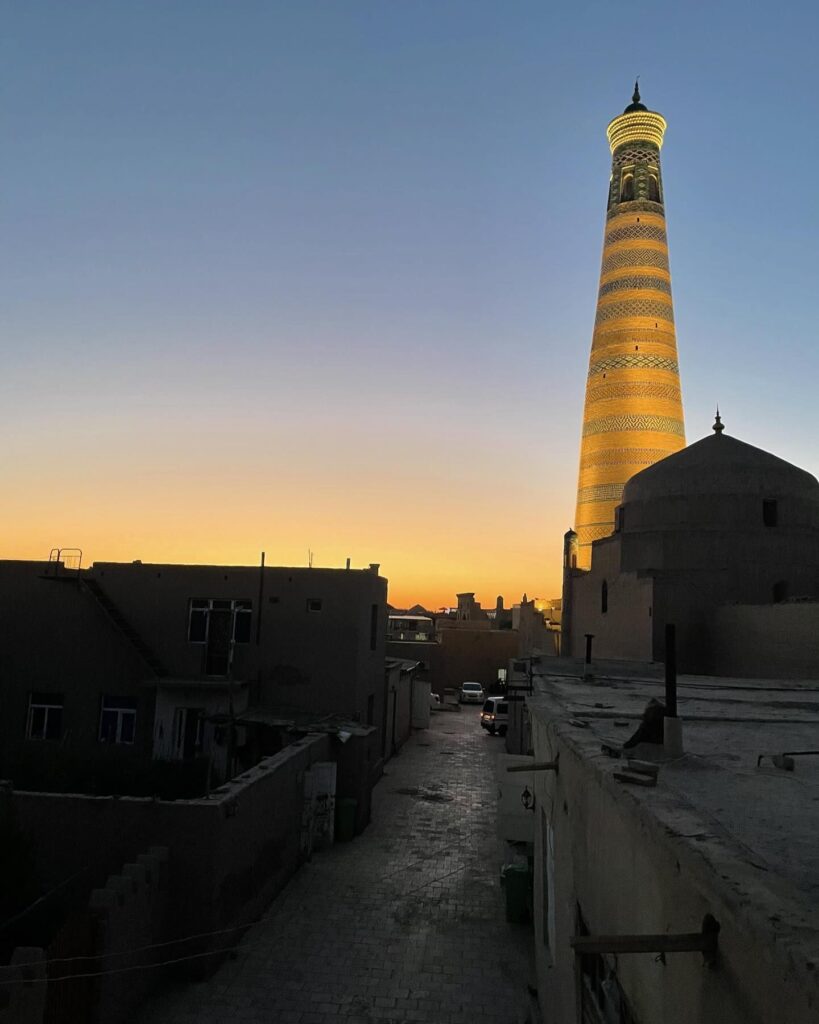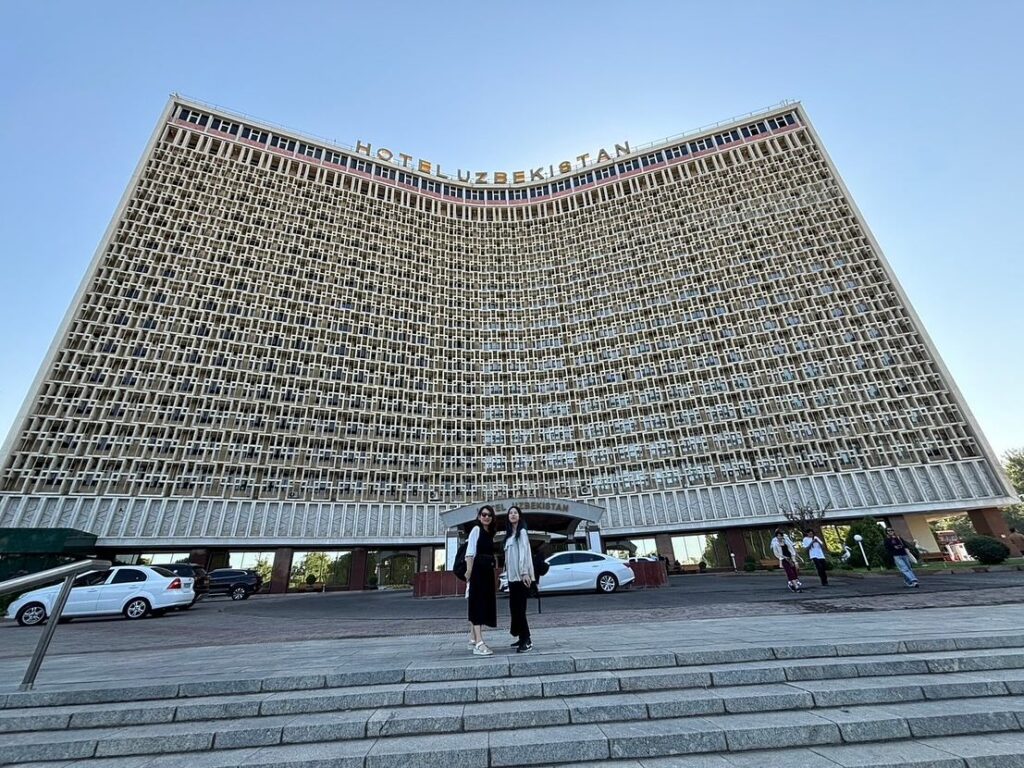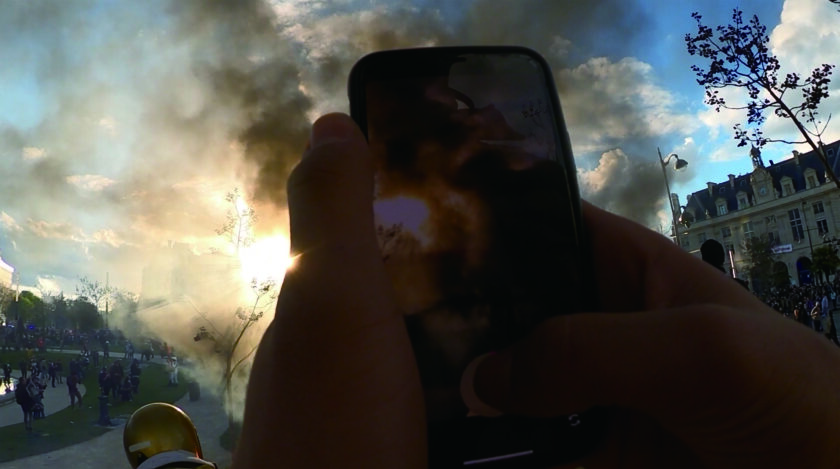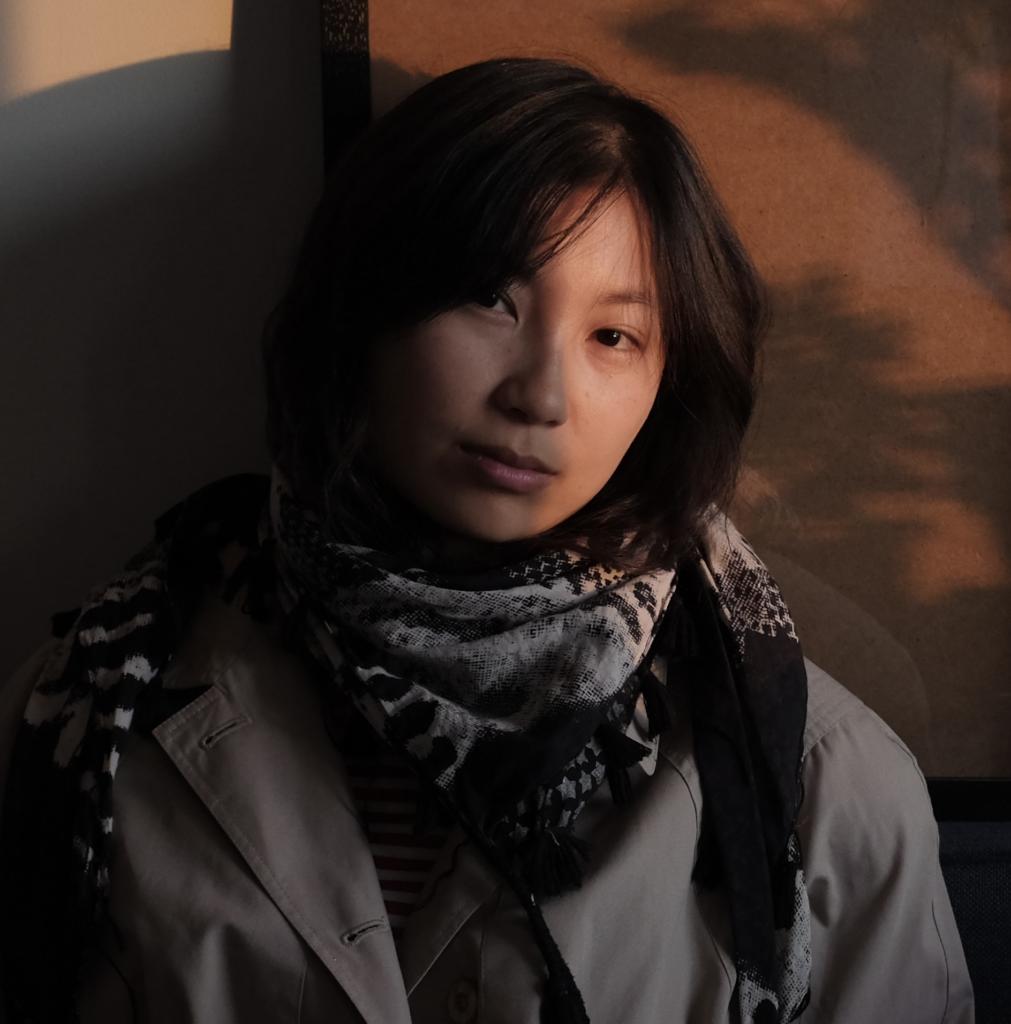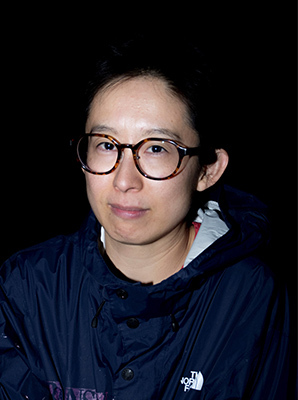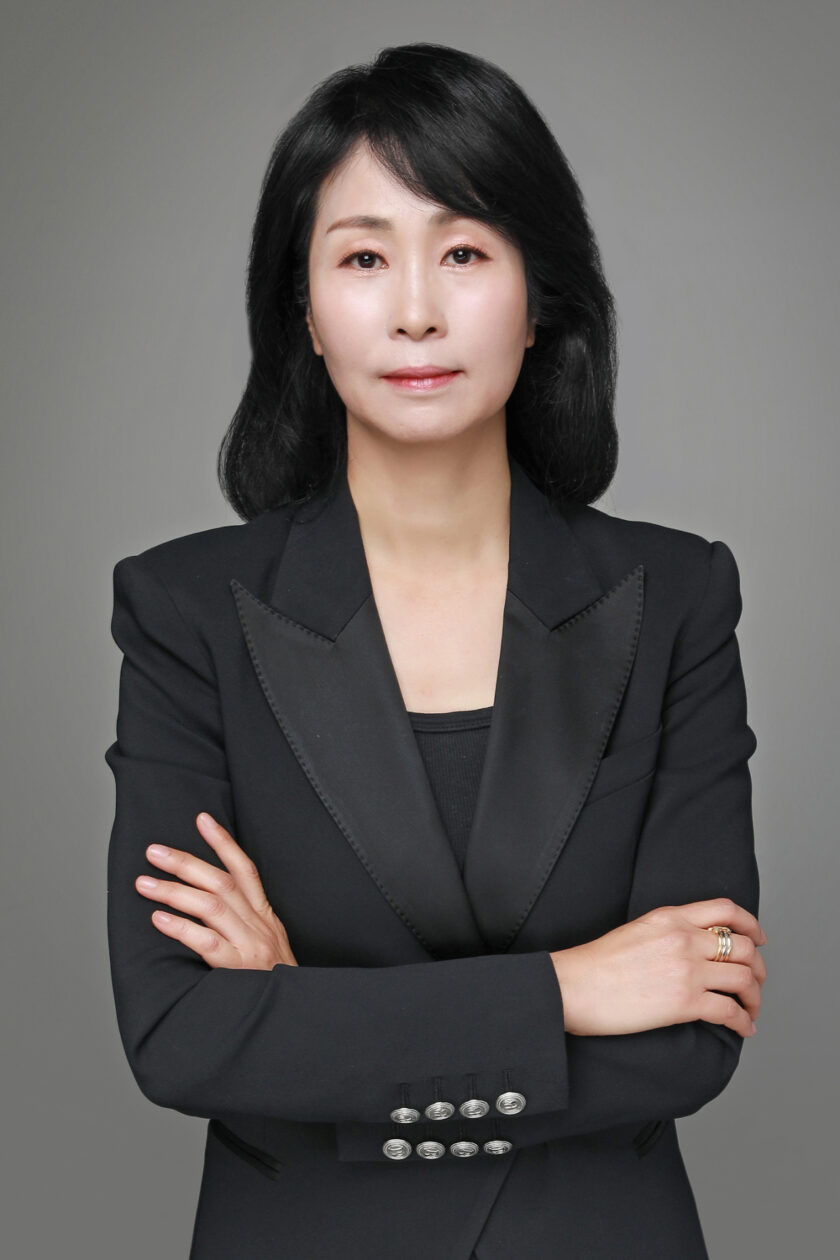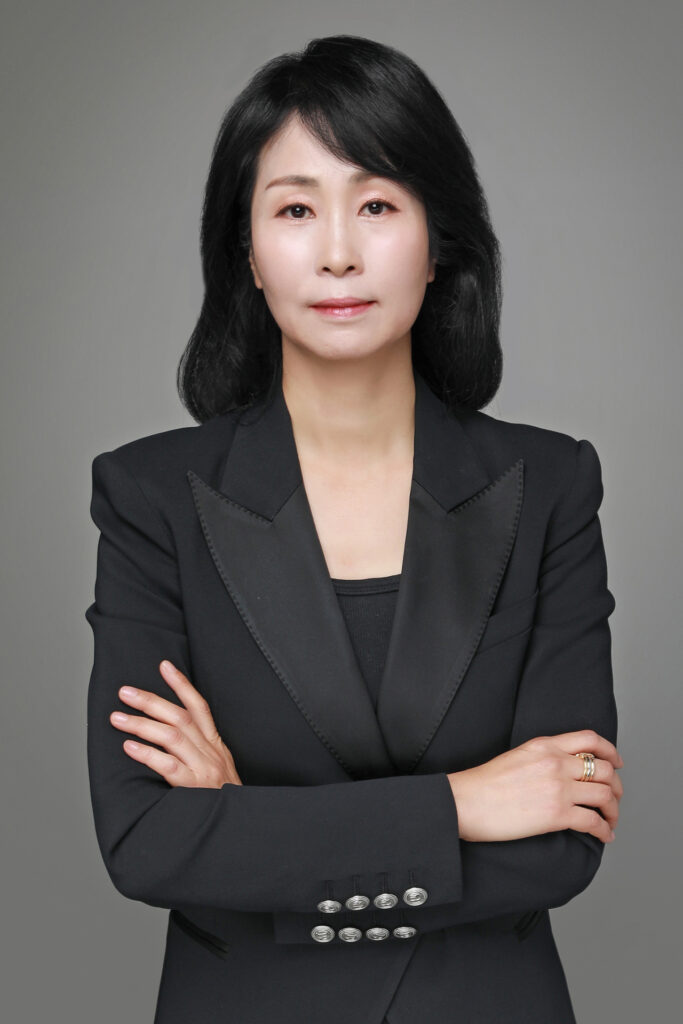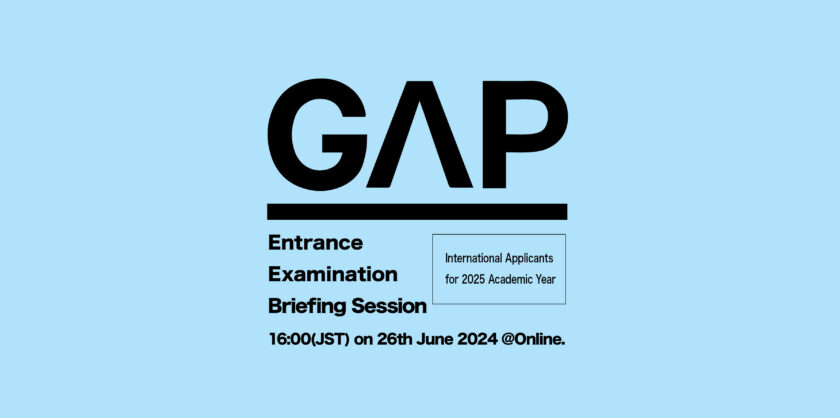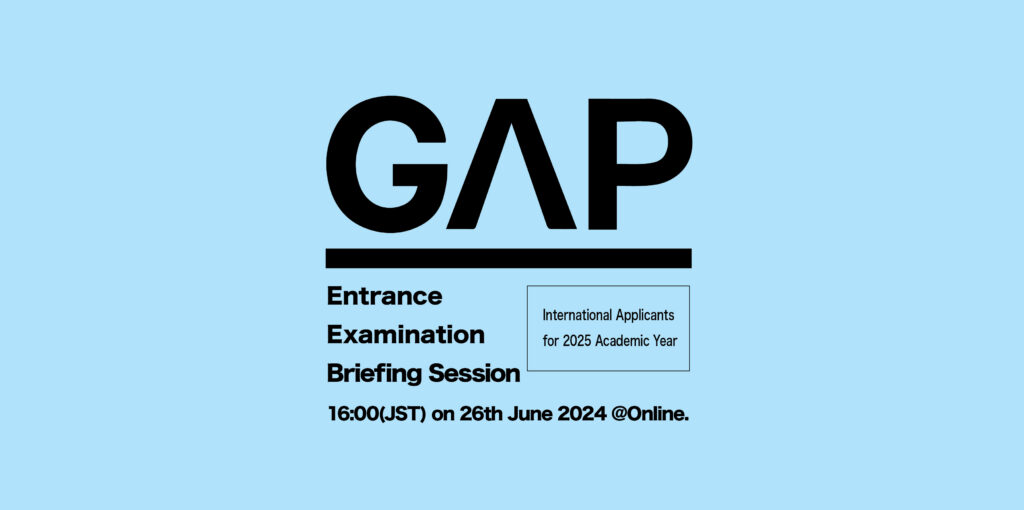毛利悠子は2016年に本学のグローバルアートプラクティス専攻の教員として着任して以来、学生たちとともに、インスタレーション・プラクティスはもちろん、身体を即興的に用いたセッションやコロナ禍での新しいメディアツールを駆使した双方向コミュニケーションの模索などに取り組んでまいりました。来年度以降は作家活動に専念するため専任教員という立場は離れますが、グローバルに活躍するアーティストとして引き続き本学の学生たちに影響を与える存在として関わっていく予定です。
本学最終講義は、ニューヨーク在住のアーティストハトリミホ氏と音楽評論家の湯浅学氏をお迎えし、ハトリ氏の作品「サロン 全-世界性」に、毛利が演出を加えたレクチャーライブパフォーマンスを開催します。「サロン 全-世界性」は、カリブ海の思想家、詩人エドゥアール・グリッサンに影響を受けて創作された映像・パフォーマンスピースです。混乱状況が深まるこの世界において「B面から考える」とはどういったものか——特別な時間をみなさまと共有いたします。
ぜひご参加ください。
Since joining the faculty of the Global Art Practice Department at the Tokyo University of the Arts in 2016, Yuko Mohri has been working with students on installation practice, as well as sessions using the body in an improvisational way, and exploring interactive communication using new media tools in the wake of the coronavirus pandemic. From next year, she will be leaving her position as a full-time faculty member to concentrate on her own artistic practice, but she plans to continue to be involved as an artist active on the global stage, continuing to have an impact on the students of the university.
For her final lecture at TUA, Yuko Mohri will welcome the New York-based artist Miho Hatori and the music critic Manabu Yuasa, and hold a lecture live performance in which Hatori’s work “Salon Mondialité” will be directed by Mohri. Salon Mondialité is a video and performance piece inspired by the Caribbean thinker and poet Edouard Glissant. We will share a special time with you to consider what it means to “Walking from the B-side” in this world of deepening confusion.
Please join us.
出演 アーティスト・バイオグラフィー Artist Biography:
毛利悠子
美術家。構築へのアプローチではなく、環境などの諸条件によって変化してゆく「事象」に焦点を当てるインスタレーションや彫刻を制作。アーティゾン美術館「On Physis」(東京、2024–25年)、第60回ヴェネチア・ビエンナーレ日本館「Compose」(ヴェニス、2024年)、カムデン・アーツ・センター(ロンドン、2018年)、十和田市現代美術館(青森、2018-2019年)での個展のほか、「第14回光州ビエンナーレ」(2023年)、「第23回シドニー・ビエンナーレ」(2022年)、「第34回サンパウロ・ビエンナーレ」(2021年)など国内外の展覧会に参加。2017年、芸術選奨文部科学大臣新人賞受賞。
Yuko Mohri
In her installation and sculpture, Mohri works not to compose (or construct) but to call attention to “phenomena” that constantly shift according to various conditions such as the environment. Exhibitions include On Physis at the Artizon Museum (2024–5), Compose at the Japan Pavilion, 60th Venice Biennale, solo exhibitions at Camden Art Centre (London, 2018) and Towada Art Center (Aomori, 2018-2019), and participation in international exhibitions such as the 14th Gwangju Biennale (2023), the 23rd Biennale of Sydney (2022), and the 34th São Paulo Biennale (2021).
ハトリミホ
アーティスト、音楽プロデューサー、ボーカリスト、即興演奏家、DJ。東京出身、長年ニューヨークを拠点に生活・活動中。
90年代半ばにニューヨークのダウンタウンで結成された伝説のユニット、チボ・マットで音楽活動を開始。チボ・マットでは、食と愛についてのコンセプチュアルなアルバムを、彼らの背景にある日本的なアイデンティティから制作した。以後、多くのミュージシャン(ゴリラズ、ビースティ・ボーイズ、ジョン・ゾーンなど)と演奏、制作、コラボレーションを行っている。
彼女の創作スタイルはボーダーレスである。Cibo Matto解散後、アイデンティティや環境問題に関する音楽、サウンド、ビデオ・インスタレーションを駆使したマルチメディア形式のパフォーマンスを開始。キッチンNYC、EMPAC、AGO美術館、ザ・ブロード、フィラデルフィア美術館、クリーヴランド美術館、パイオニア・ワークス、キャナル47、ニュートン・ギャラリーなどでパフォーマンスを行うほか、現代アーティスト、サウンドトラック、コマーシャル、企業IDのサウンドデザインも手がけている。
Miho Hatori
Miho Hatori is an artist, music producer, vocalist, improviser, and DJ. She started her music career in a legendary Downtown NYC unit, Cibo Matto, in the mid-’90s, with a conceptual album about Food and Love from their background Japanese identity. Since then, she has played, produced, and collaborated with many musicians (like Gorillaz, Beastie Boys, John Zorn).
Her creation style is borderless. After Cibo Matto, she started performing with a multimedia format, using music, sounds, and video installations related to identity and environmental issues. She has performed at Kitchen NYC, EMPAC, AGO museum, The Broad, Philadelphia Museum of Art, Cleveland Museum of Art, Pioneer Works, Canal 47, Newton Gallery, etc.Additionally, she does sound designs for contemporary artists, soundtracks, commercials, and company IDs.
Miho is originally from Tokyo but has been working and living in NYC for too many years.
湯浅学
音楽評論家。ほかにも編集業務、美術、マンガ、写真などにたずさわる。 1982年に根本敬、船橋英雄と幻の名盤解放同盟を結成、「すべての音盤はターンテーブル上で平等に再生表現される権利を持つ」をスローガンに、商業的成功にめぐまれず廃盤となり消えていった個性的すぎる歌謡曲の紹介・復刻を手がける。文筆業のかたわら音楽活動にも力を注ぎ、バンド湯浅湾を中心にいまも活動を続ける。単著に『人情山脈の逆襲』、『音楽が降りてくる』、『大音海』、『ボブ・ディラン』、『ライク・ア・ローリングカセット』など。今年9月、幻の名盤解放同盟としてはひさびさの著作『ポンチャックアート1001』を上梓。
Manabu Yuasa
Music critic. Also involved in editing, art, manga and photography. In 1982, he formed the legendary Maboroshi no meiban kaiho dome (The Phantom Vinyl Liberation Front) with Takashi Nemoto and Hideo Funabashi, and under the slogan “All records have the right to be reproduced and expressed equally on a turntable”, they worked to introduce and reprint unique songs that had been discontinued and disappeared without achieving commercial success. He also devotes his energies to music activities alongside his writing, and continues to be active with the band Yuasa Wan. His solo works include “The Counterattack of the Human Mountain Range”, “Ongaku ga orite kuru”, “Dai on kai”, “Bob Dylan”, and “Like a Rolling Cassette”. In September of this year, he published “Pon chuck art 1001”, the first book in a long time from the Phantom Classic Disc Liberation League.
日時 Date & Time:
2024年12月20日(金)18:30-20:30
20 December 2024, Thursday 18:30-20:30
会場 Venue:
東京藝術大学上野キャンパス 美術学部中央棟第一講義室(以下の地図の7番)
Lecture Room 1, Central Building, Faculty of Fine Arts, Ueno Campus, Tokyo University of the Arts (No. 7 on the map below) *
https://www.geidai.ac.jp/access/ueno
使用言語:日本語と英語
Language: Japanese and English
対象 Eligibility:
本学の学生・教職員、学外一般 (先着順・定員150名)
参加無料・要予約(先着順)Admission:
Admission is free, reservations are required (on a first-come, first-served basis)
https://docs.google.com/forms/d/e/1FAIpQLScOtTFUs_UBVdrKeCnWG1iiGLMhFFMr5SurjakKFmmdjxoMNg/viewform
*(12月17日22:00時点)申込者数が定員に達したため事前予約を締め切りました。ご予約がないお客様でも、当日定刻を過ぎて残席がある場合は先着順でご案内いたしますので、ご希望の方は直接会場においでください。
(December 17th 22:00) We have reached the maximum number of participants, so we have closed the pre-reservation system. Even if you do not have a reservation, if there are any seats left after 18:30, we will guide you on a first-come, first-served basis, so please come directly to the venue if you wish to attend.
主催 Credit:
東京藝術大学大学院美術研究科グローバルアートプラクティス専攻(GAP)
Global Art Practice (GAP), Tokyo University of the Arts
問い合わせ先 Contact:
美術研究科 グローバルアートプラクティス専攻
メール:gapstaffs@ml.geidai.ac.jp
Graduate School of Art, Department of Global Art Practice
Email: gapstaffs@ml.geidai.ac.jp
